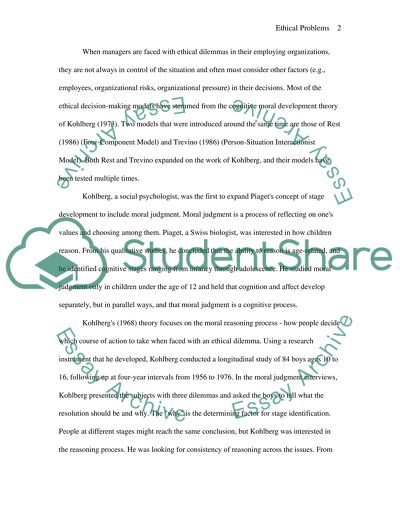Cite this document
(“Ethical Problems and Managerial Decision Making Research Paper”, n.d.)
Retrieved from https://studentshare.org/family-consumer-science/1420583-ethical-problems-and-managerial-decision-making
Retrieved from https://studentshare.org/family-consumer-science/1420583-ethical-problems-and-managerial-decision-making
(Ethical Problems and Managerial Decision Making Research Paper)
https://studentshare.org/family-consumer-science/1420583-ethical-problems-and-managerial-decision-making.
https://studentshare.org/family-consumer-science/1420583-ethical-problems-and-managerial-decision-making.
“Ethical Problems and Managerial Decision Making Research Paper”, n.d. https://studentshare.org/family-consumer-science/1420583-ethical-problems-and-managerial-decision-making.


